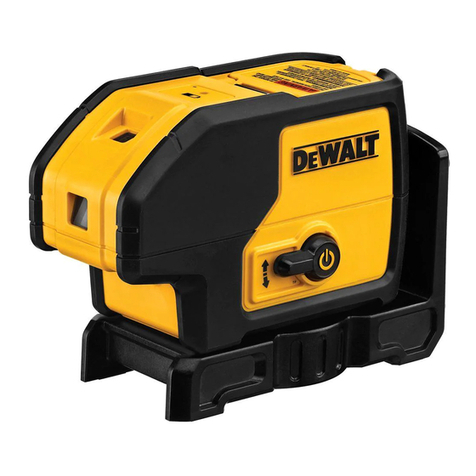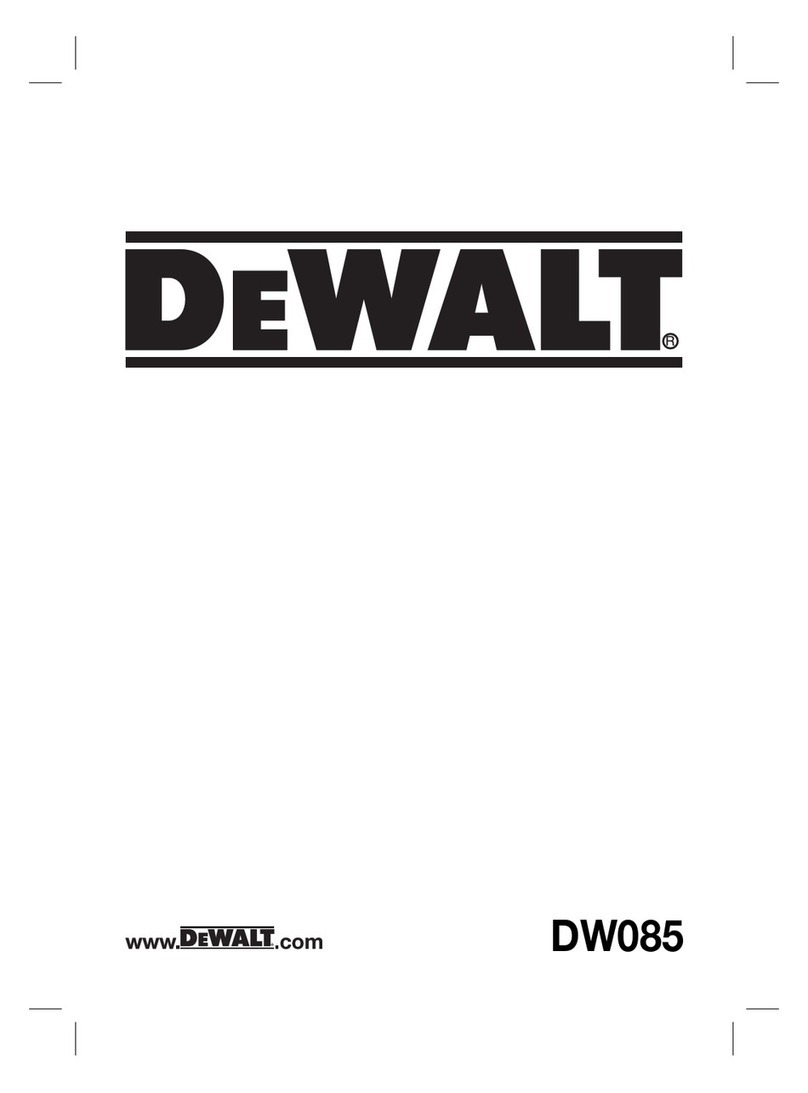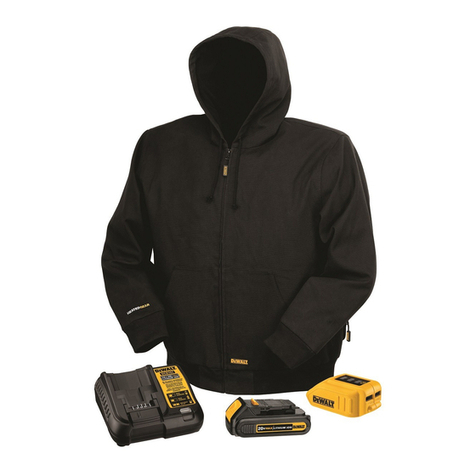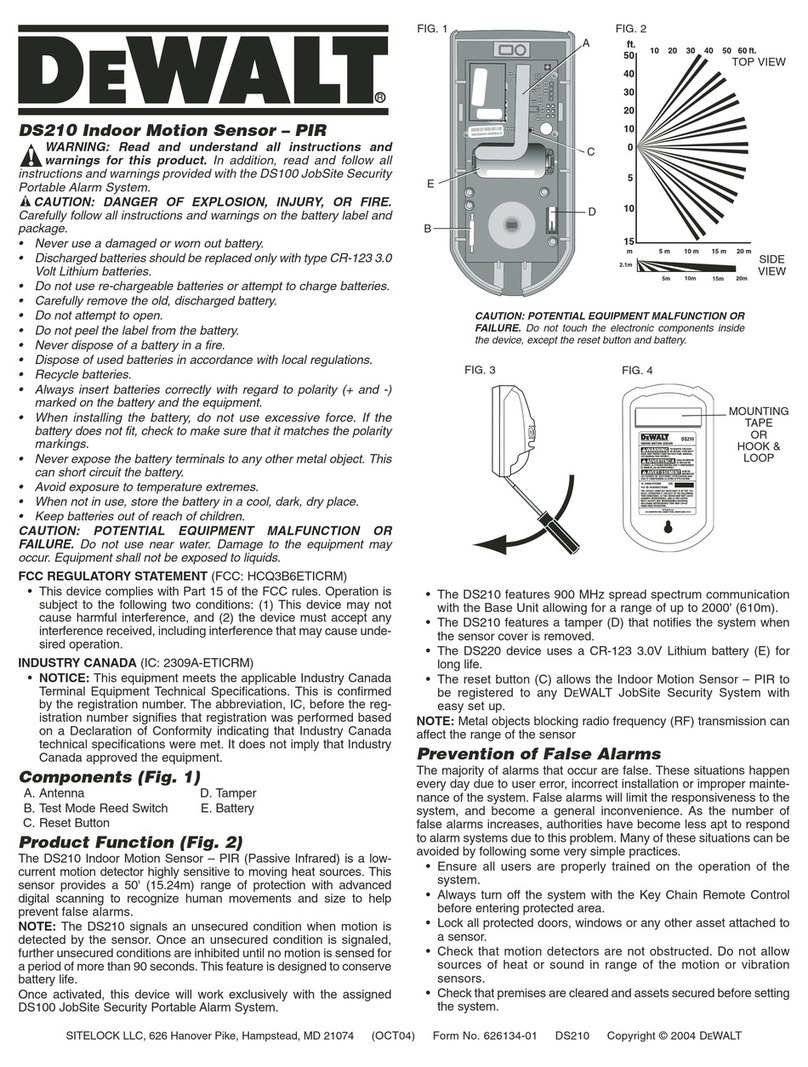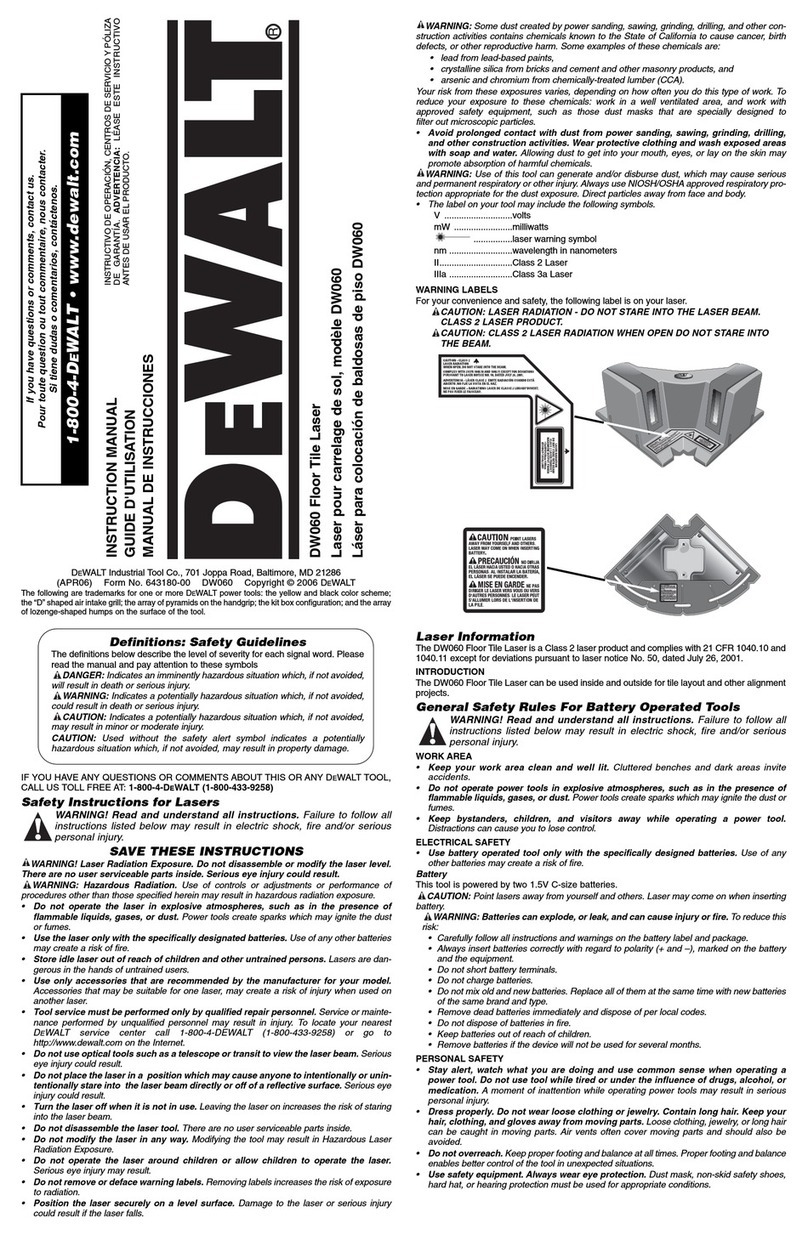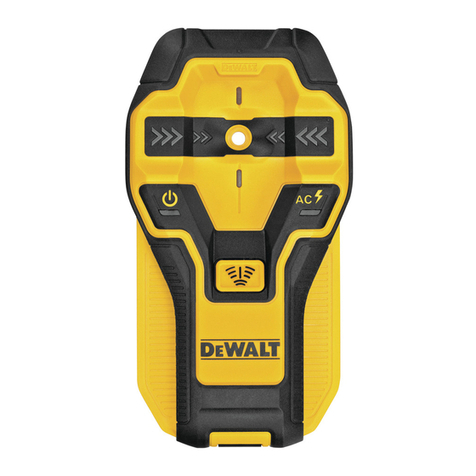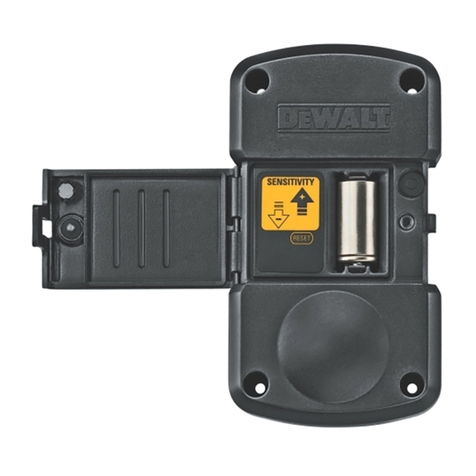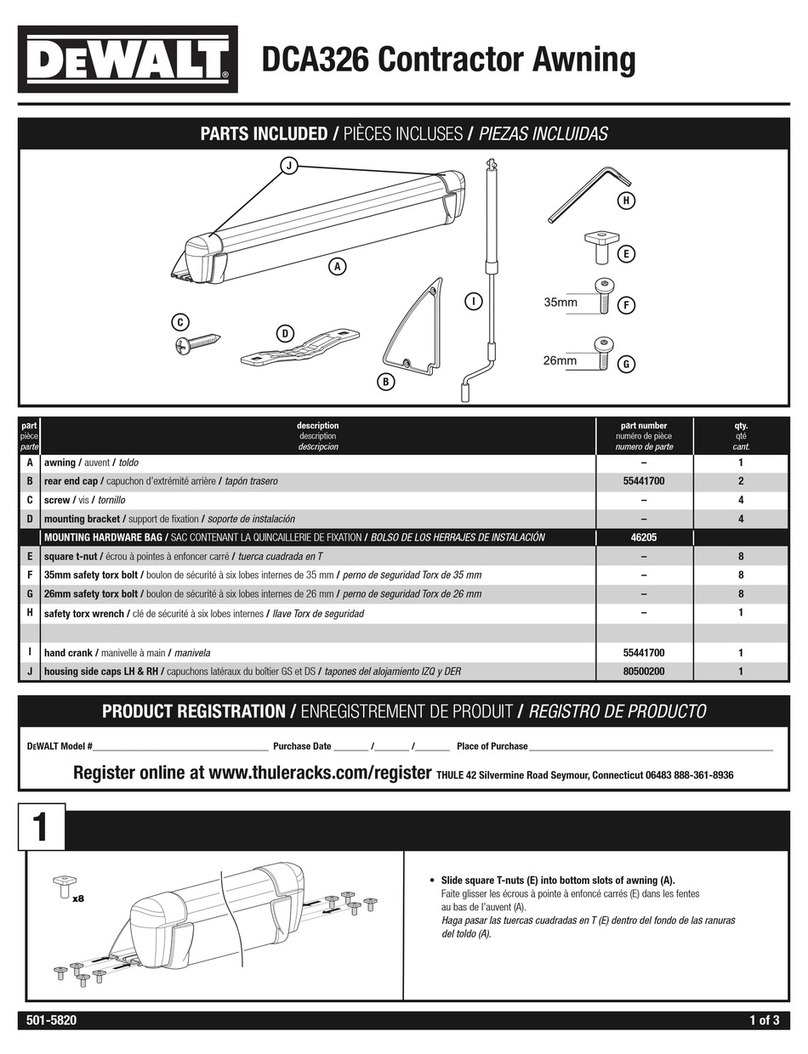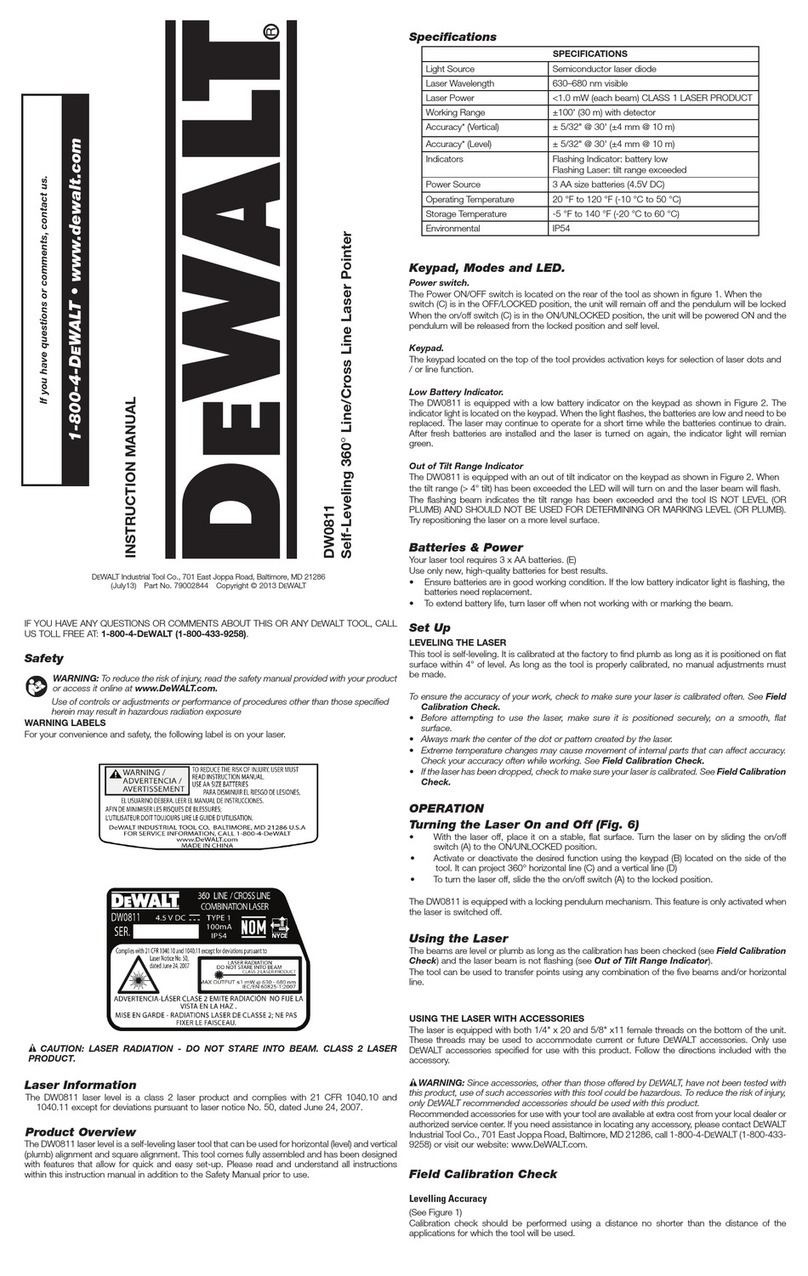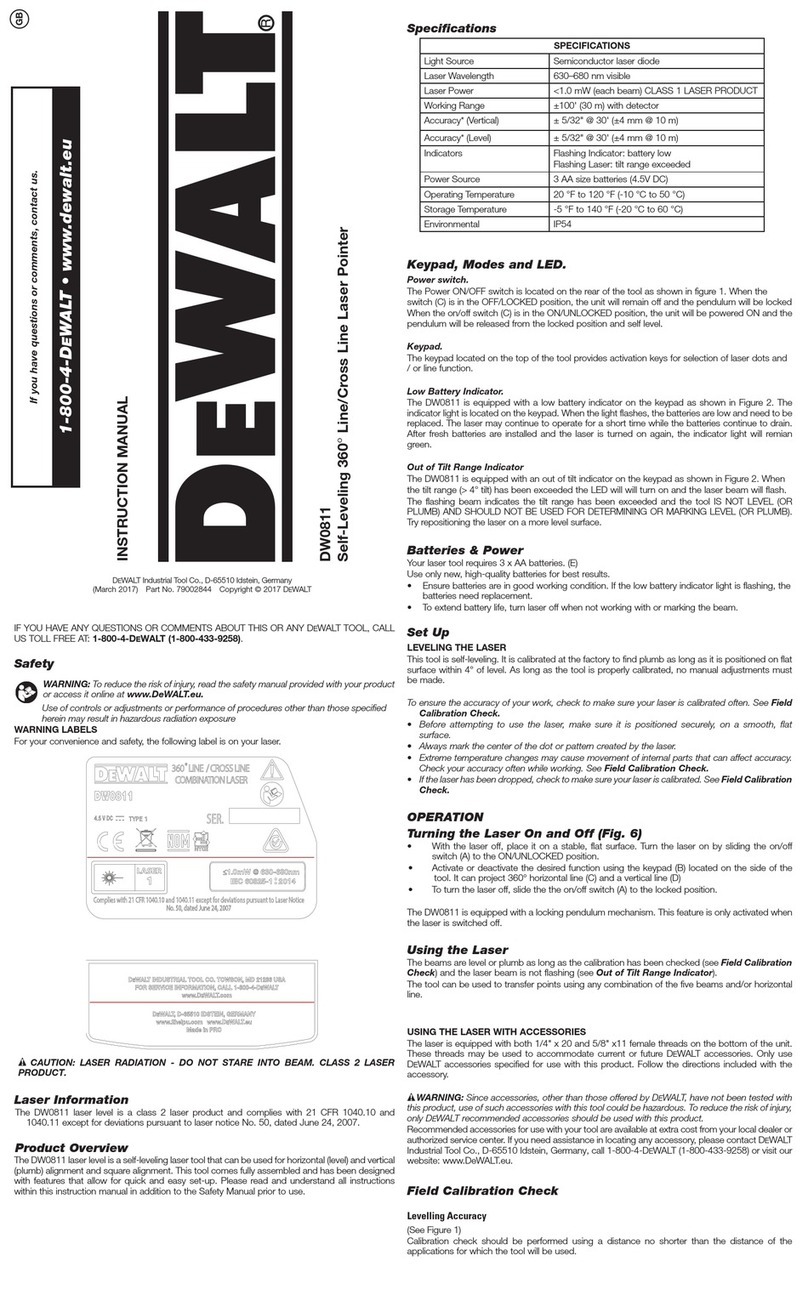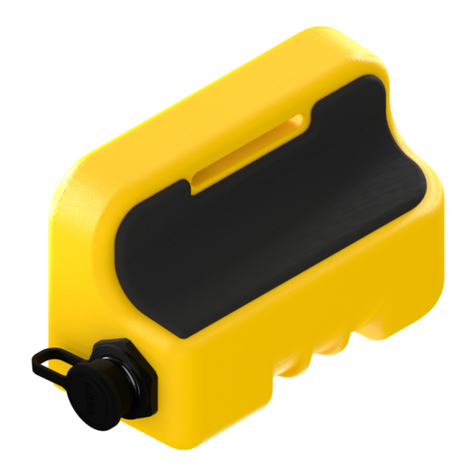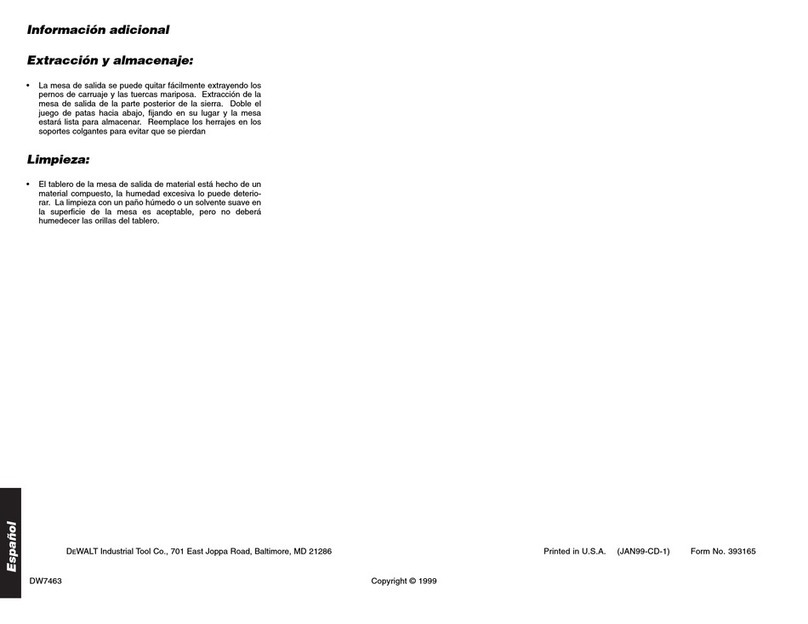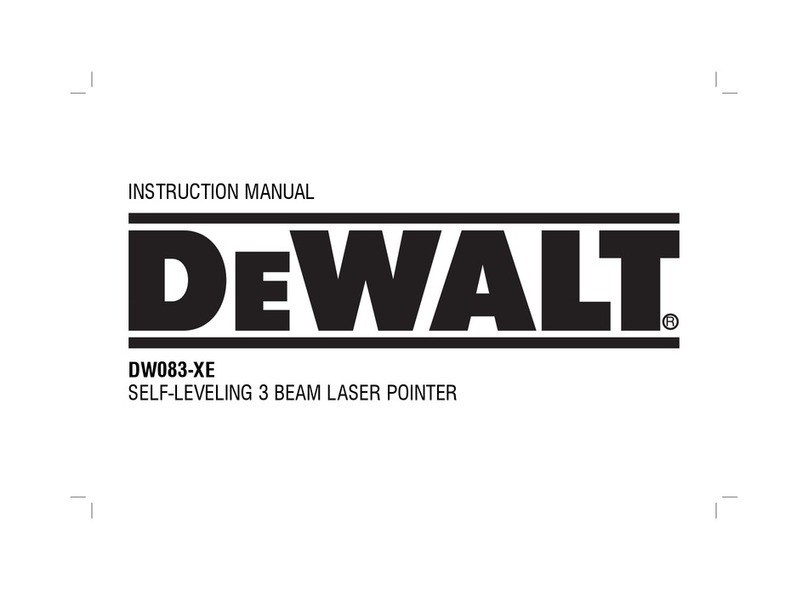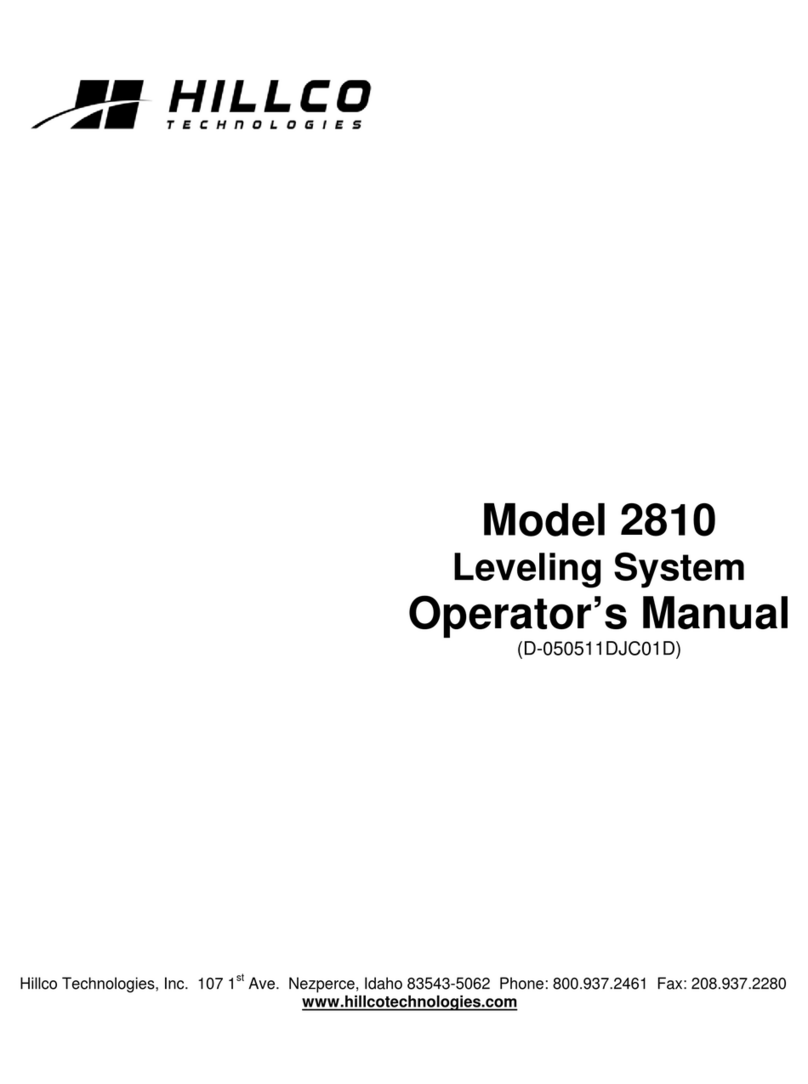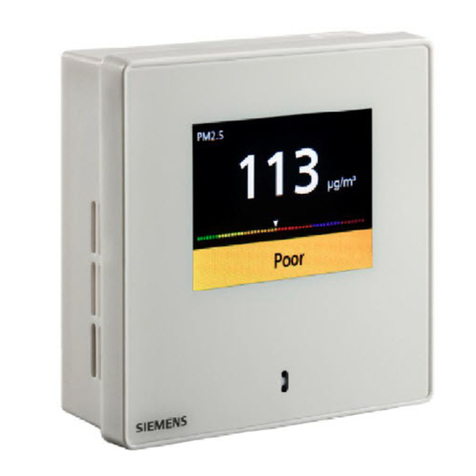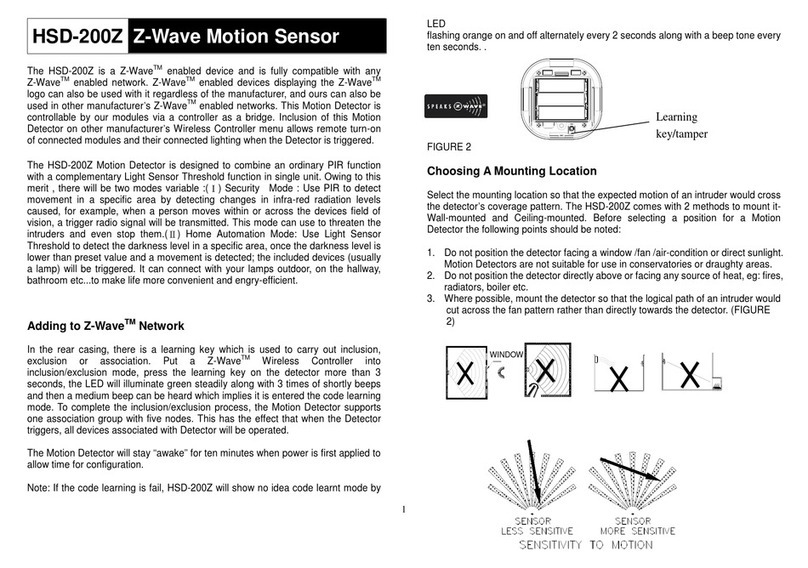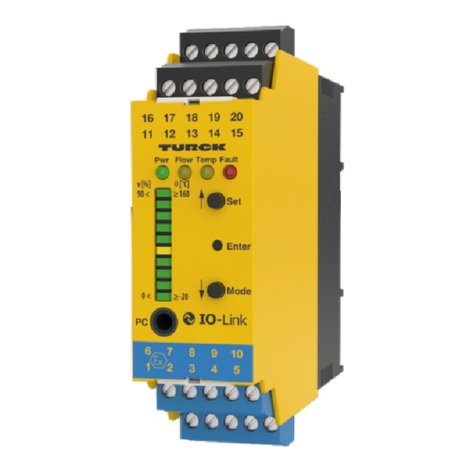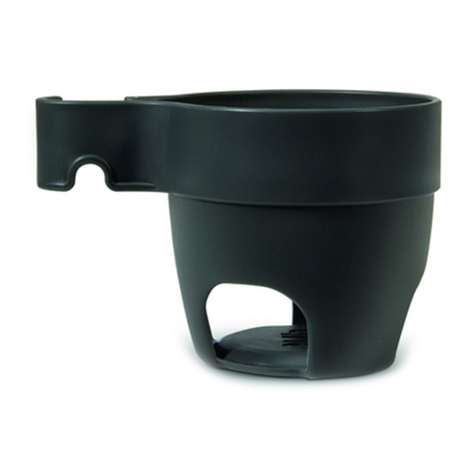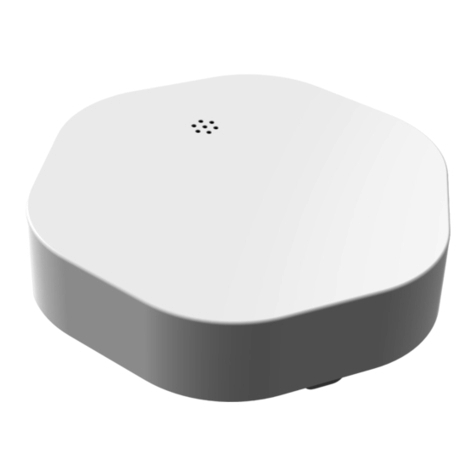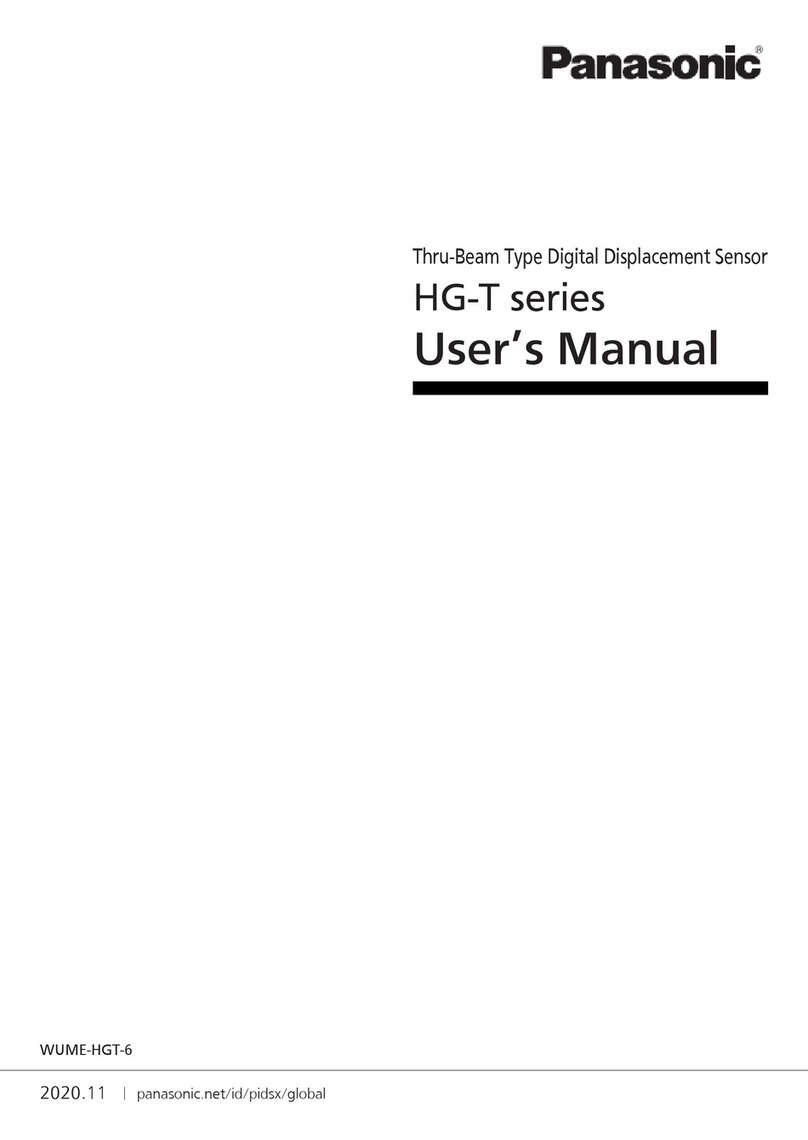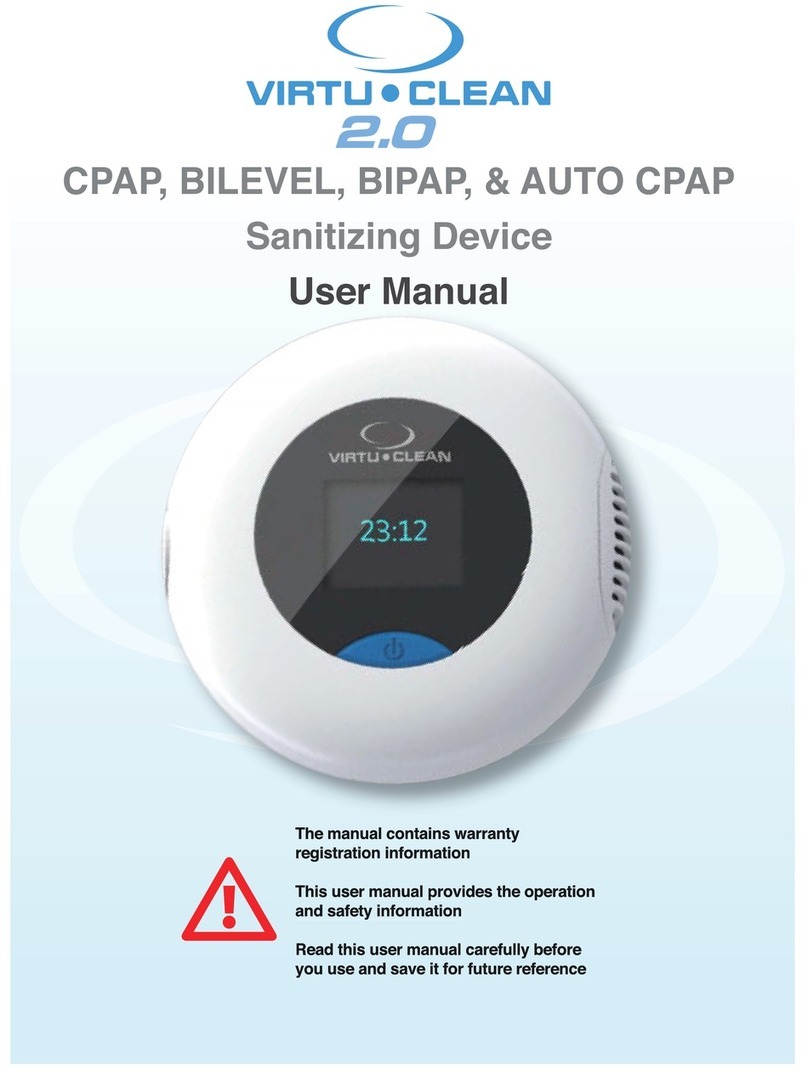Important Safety Instructions for All
Battery Packs
When ordering replacement battery packs, be sure to include the
catalog number and voltage. Consult the chart at the end of this
manual for compatibility of chargers and battery packs.
The battery pack is not fully charged out of the carton. Before using
the battery pack and charger, read the safety instructions below and
then follow charging procedures outlined.
READ ALL INSTRUCTIONS
• Do not charge or use the battery pack in explosive
atmospheres, such as in the presence of flammable liquids,
gases or dust. Inserting or removing the battery pack from the
charger may ignite the dust or fumes.
• NEVER force the battery pack into the charger. DO NOT
modify the battery pack in any way to fit into a non-
compatible charger as battery pack may rupture causing
serious personal injury. Consult the chart at the end of this
manual for compatibility of batteries and chargers.
• Charge the battery packs only in designated DEWALT chargers.
• DO NOT splash or immerse in water or other liquids.
• Do not store or use the tool and battery pack in locations
where the temperature may reach or exceed 105°F (40°C)
(such as outside sheds or metal buildings in summer). For
best life store battery packs in a cool, dry location.
NOTE: Do not store the battery pack in a tool with the trigger
switch locked on. Never tape the trigger switch in the ON position.
WARNING: Fire hazard. Never attempt to open the battery pack
for any reason. If the battery pack case is cracked or damaged, do
not insert into the charger. Do not crush, drop or damage the battery
pack. Do not use a battery pack or charger that has received a sharp
blow, been dropped, run over or damaged in any way (e.g., pierced
with a nail, hit with a hammer, stepped on). Damaged battery packs
should be returned to the service center for recycling.
WARNING: Fire hazard. Do not store or carry the battery
pack so that metal objects can contact exposed battery
terminals. For example, do not place the battery pack in aprons,
pockets, tool boxes, product kit boxes, drawers, etc., with loose
nails, screws, keys, etc. Transporting batteries can possibly
cause fires if the battery terminals inadvertently come in
contact with conductive materials such as keys, coins, hand
tools and the like. The US Department of Transportation Hazardous
Material Regulations (HMR) actually prohibit transporting batteries in
commerce or on airplanes (e.g., packed in suitcases and carry-on
luggage) UNLESS they are properly protected from short circuits. So
when transporting individual battery packs, make sure that the battery
terminals are protected and well insulated from materials that could
contact them and cause a short circuit.
SPECIFIC SAFETY INSTRUCTIONS FOR LITHIUM ION (Li-Ion)
• Do not incinerate the battery pack even if it is severely
damaged or is completely worn out. The battery pack can
explode in a fire. Toxic fumes and materials are created when
lithium ion battery packs are burned.
• If battery contents come into contact with the skin,
immediately wash area with mild soap and water. If battery
liquid gets into the eye, rinse water over the open eye for
15 minutes or until irritation ceases. If medical attention is needed,
the battery electrolyte is composed of a mixture of liquid organic
carbonates and lithium salts.
• Contents of opened battery cells may cause respiratory
irritation. Provide fresh air. If symptoms persist, seek medical
attention.
WARNING: Burn hazard. Battery liquid may be flammable if
exposed to spark or flame.
English
2
